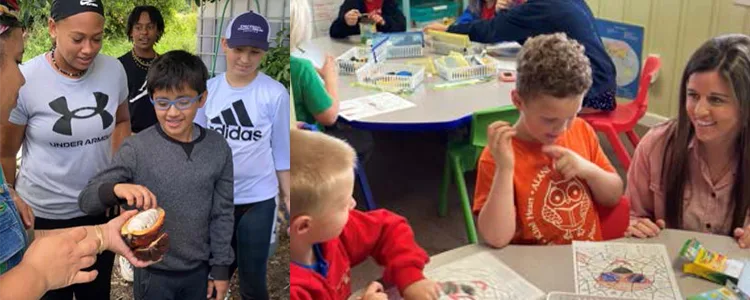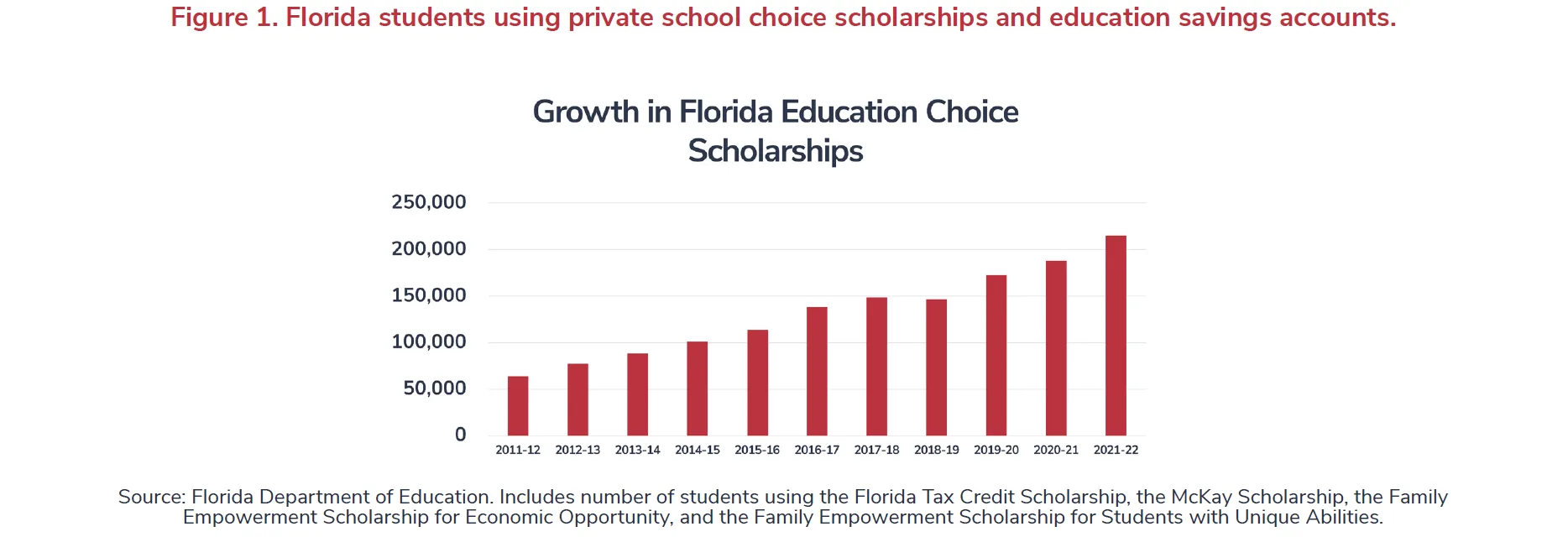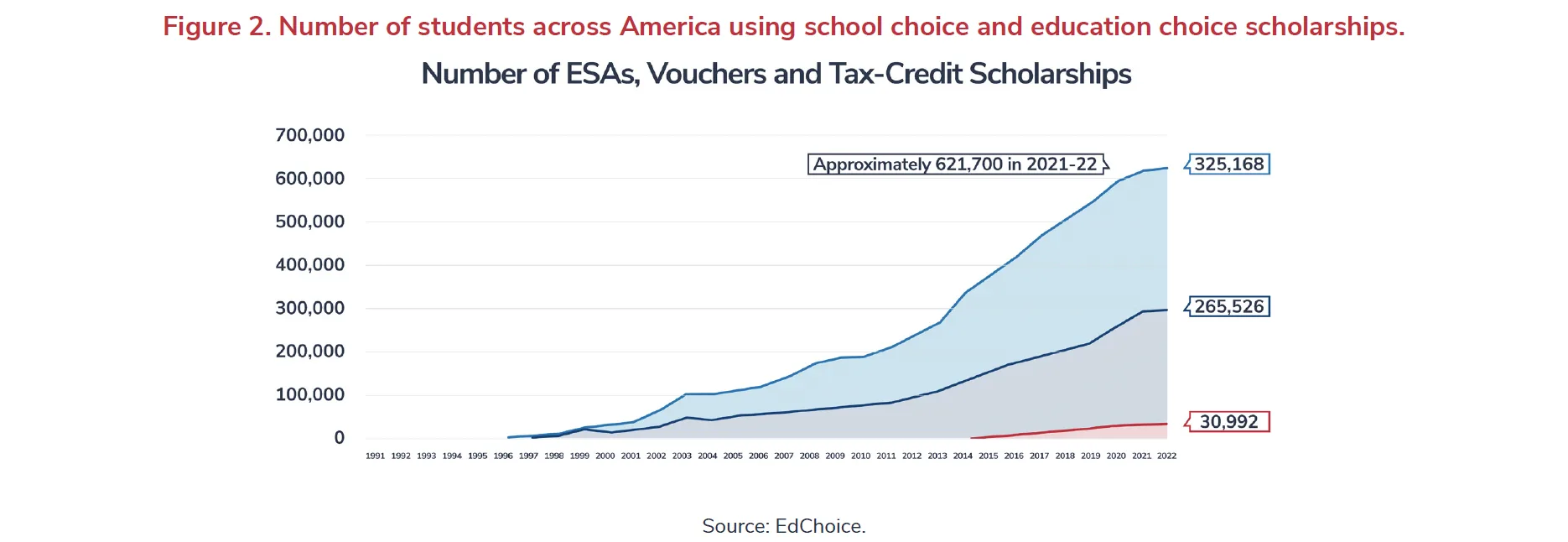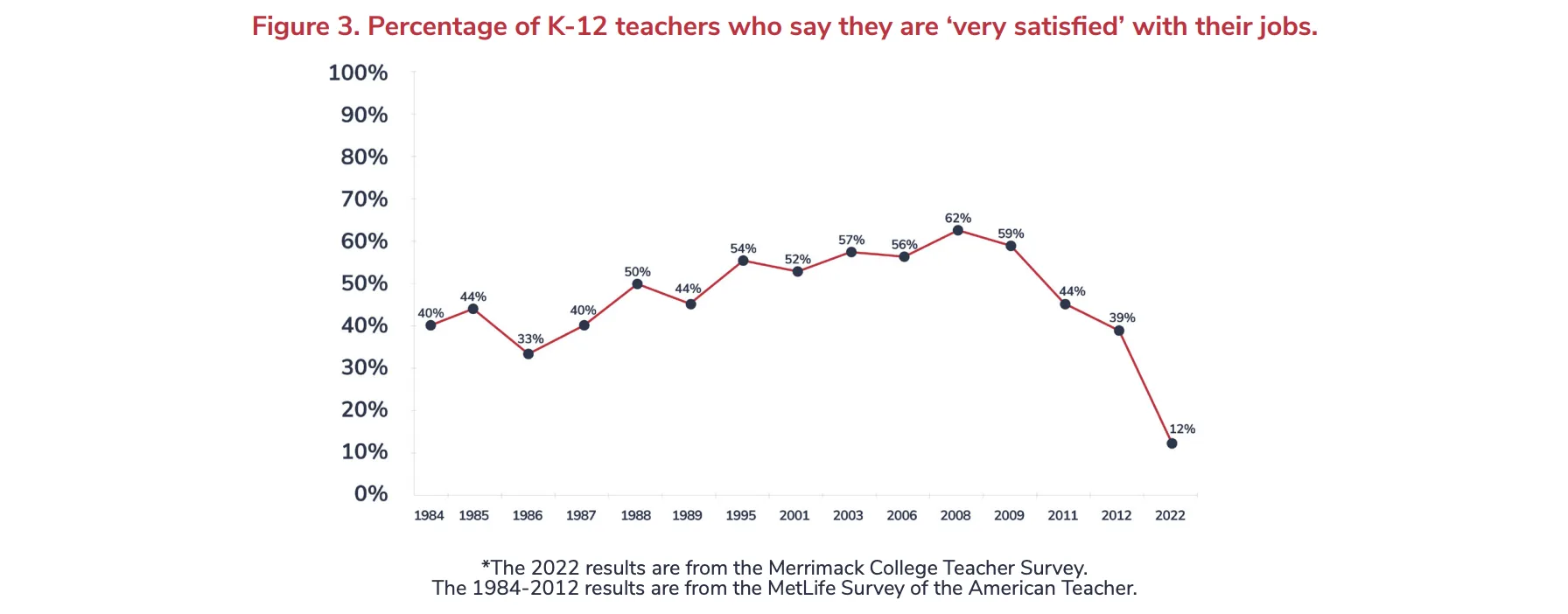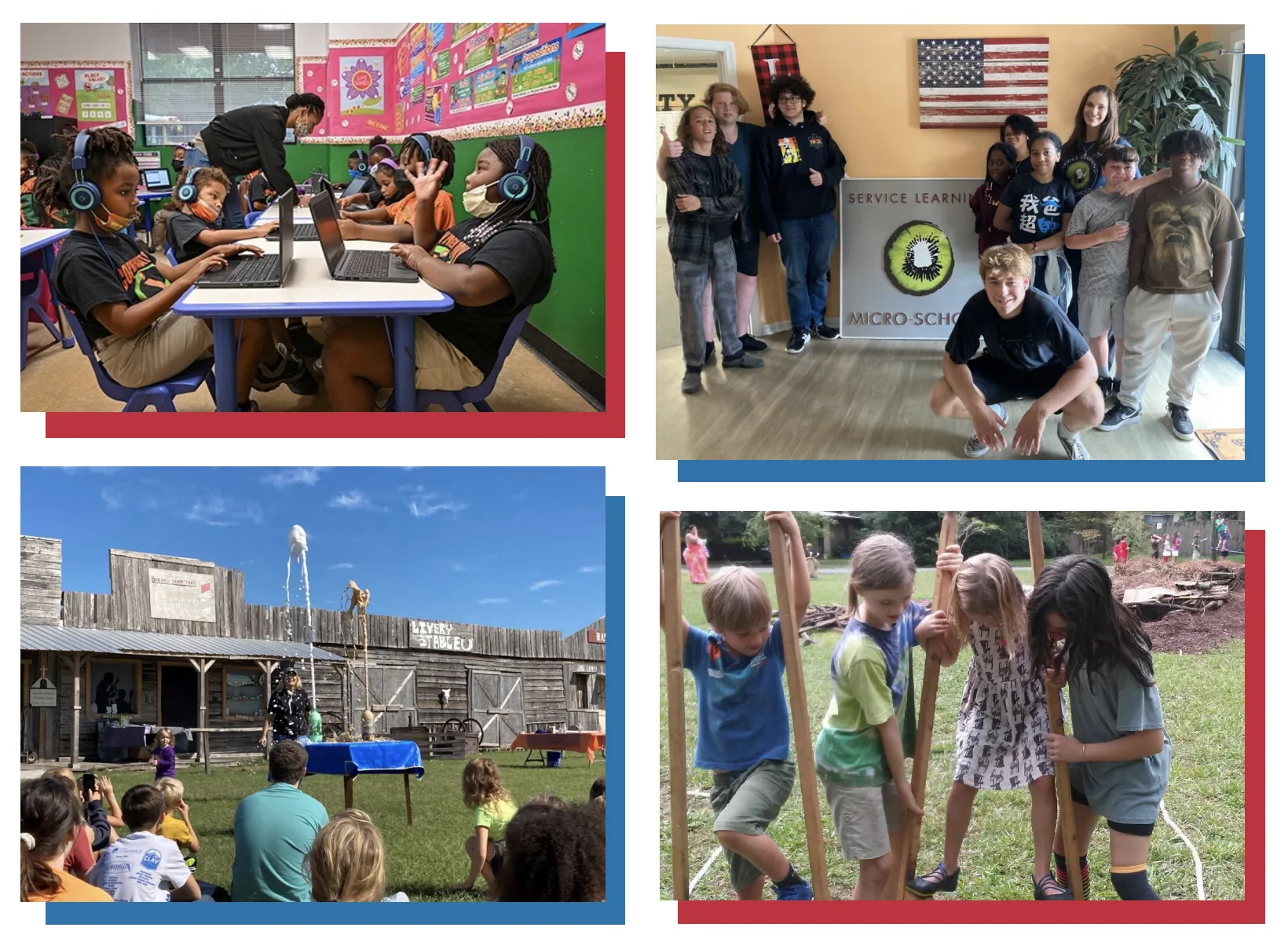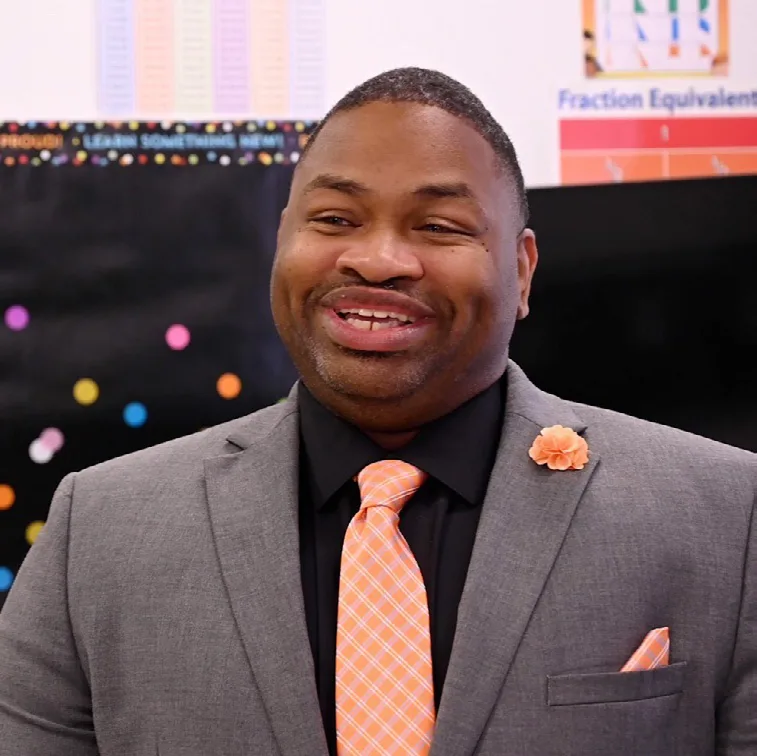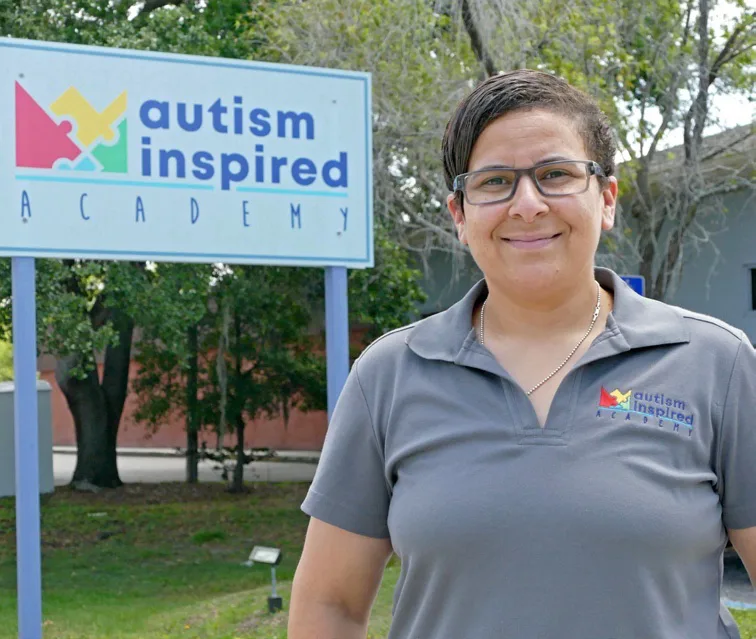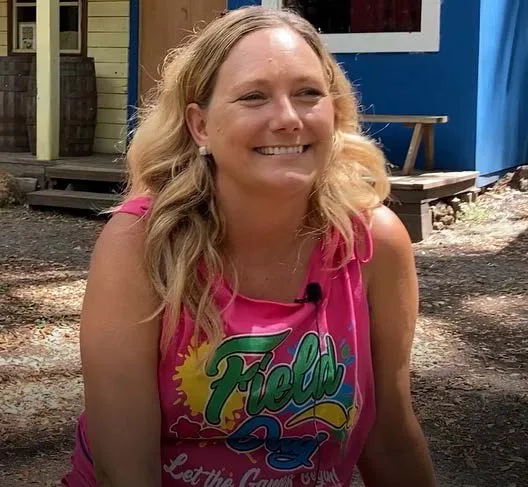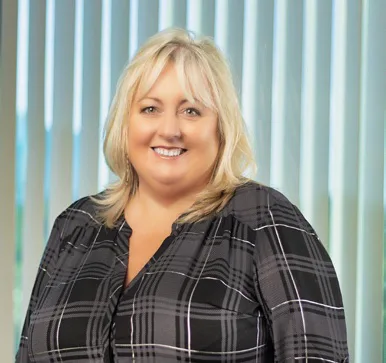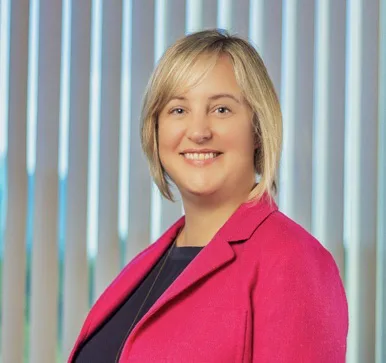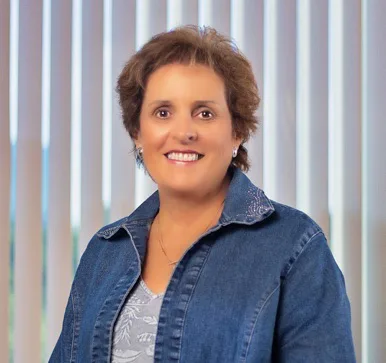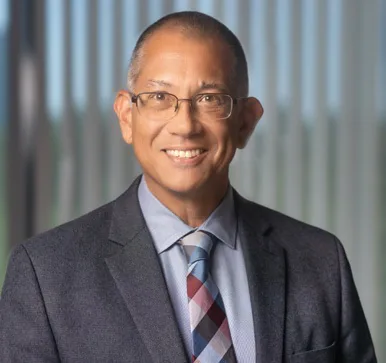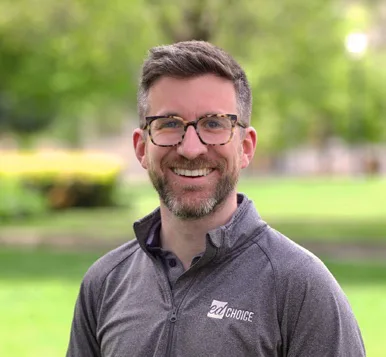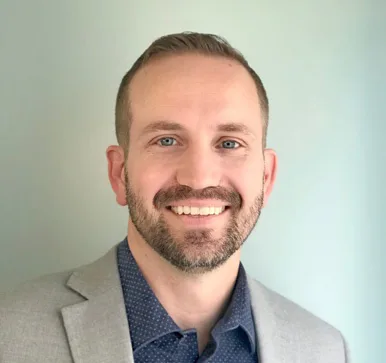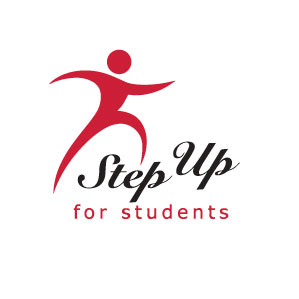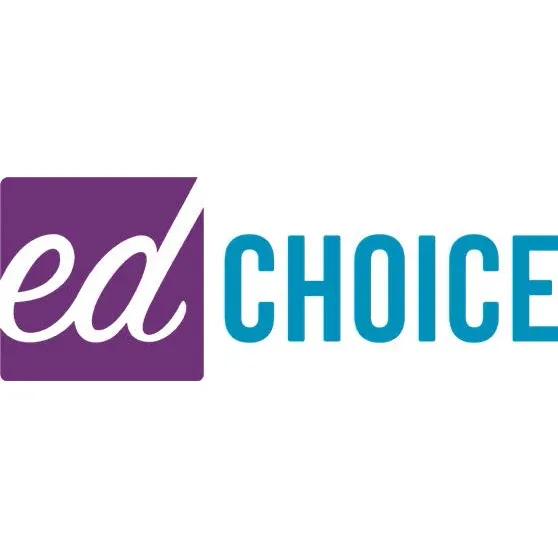Raise awareness. Public school educators by and large do not realize the entrepreneurial possibilities available to them with the expansion of education choice, even in those states that are choice leaders. In Florida, again, roughly 70 percent of K-12 students are now eligible for income-based choice scholarships that average about $7,700 each, and under state law the income eligibility will continue to rise. Choice advocates should better inform educators about the opportunities for educators.
Start networks. Many of the focus group participants thought they were alone in their entrepreneurial endeavors. They did not know other former public school educators were on the same journey, and in some cases, had already reached their destination. Establishing networks of trailblazers with similar backgrounds and goals can provide members with emotional and practical support; yield mentors and expert referrals; and inspire the next wave. The networks could also grow into or spur something more formal, like an association of teacher entrepreneurs, that can systematically identify and mitigate barriers.
Tackle facilities. Facilities costs alone can be a barrier. But there is also a maddening hodgepodge of zoning and building codes for educational usage. A deeper dive could better pinpoint what specific hurdles exist – and whether some can be appropriately eased with tweaks to state and local rules. More awareness should also be raised about the potential use of churches, community centers, public libraries, private businesses, and code-ready modular buildings as facilities for micro-schools and hybrid homeschools. Ditto for organizations that can provide low-cost loans to education entrepreneurs for facilities needs.
Expand ESAs. The fexibility of ESAs and their ability to help unbundle services and providers will open the door to innovative options beyond traditional schools. It can help fuel an endless variety of hybrid homeschools, homeschool co-ops, learning pods and micro schools that can more nimbly respond to the diverse needs of both educators and families.
Better equip new teachers. Colleges of education should consider coursework that better prepares up-and-coming teachers for sustained success in a rapidly evolving public education environment that is increasingly parent- and choice-driven. That means not only having the tools necessary to work in different options across sectors, but having the entrepreneurial skill to create their own options.
Maximize economies of scale. Investigate whether small education operators could form networks to jointly access health insurance, retirement benefits programs, or back-office assistance to potentially yield benefits in expertise, time, and cost.
Consider more flexibility for choice scholarships. In Florida, private schools that wish to participate in state-supported scholarship programs must have brick-and-mortar facilities where students have regular and direct contact with teachers for a state-mandated number of days each year. Some much-sought-after micro-schools and hybrid home-schools that operate outside of scholarship programs, however, are built on more fexible models that include: a variety of physical locations such as public parks; fexibility in the number of days of in-person instruction; and, in many cases, partial reliance on virtual instruction that can be accessed from locations outside the “school.” Policymakers in Florida and elsewhere should consider thoughtfully modifying the defnition of private schools and/or the requirements for scholarship programs so parents can direct funding to these options as well.


